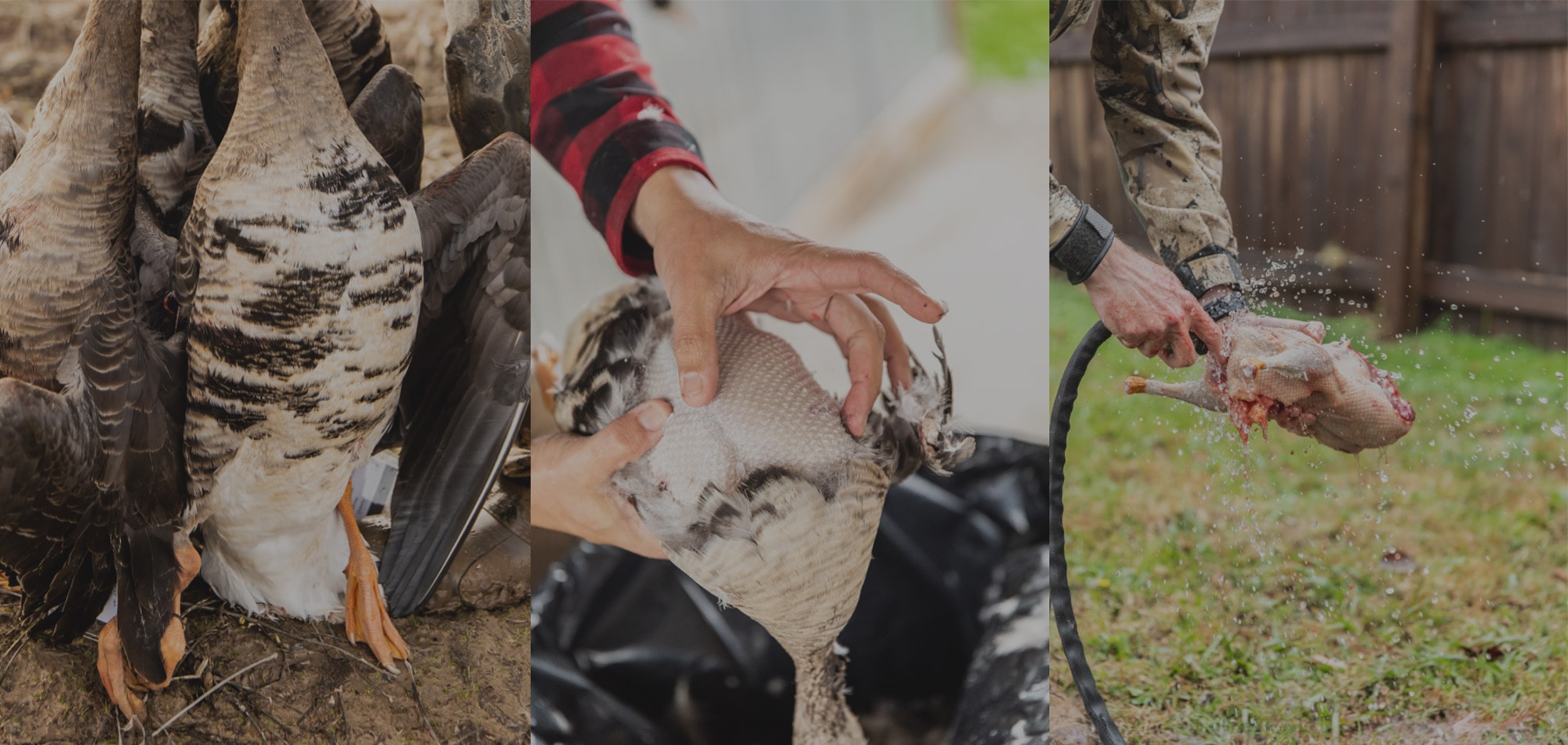It’s easy to get lost in the why’s of waterfowling. It’s a type of hunting that involves a preponderance of waiting. Waiting gives time for the mind to wander. That reliability, coupled with the human need to justify suffering and explain away failure results in a gaggle of pseudo-profound pronouncements. We all become philosophers waiting in the dark, doing our best to ignore the penetrating chill as we wait for the sun to rise and birds to fly. Poetic ruminations abound when triggers are pulled and birds escape unfazed.
We settle on genteel notions of lineage and craft. We talk of fathers and sons. Weather is blamed, skill is overstated. It’s the way of things and I’ve blathered on about all of it as much as anyone over the last few years. The romance of it all…
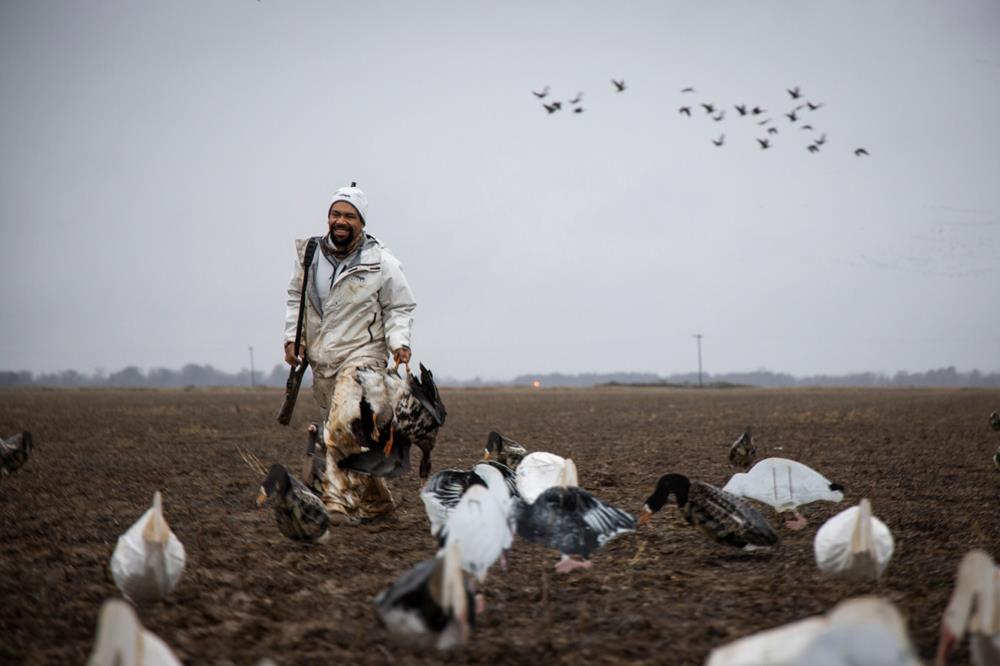
I think for now, I’ve decided that the why isn’t always the most important consideration and that sometimes it's best to get busy with the business of making it happen. The word hunt is a verb and hence it requires action. Once there are birds in hand, the work continues. To make meals and share the best of us with others.
We owe it to ourselves, our prey, and the pursuit to be mindful with the lives we take. To me, the best way of doing that is by using as much of the bird as reasonably possible. I learned to shoot ducks and geese with the adage of “butt, beak, bang” in mind as a way to prompt myself to pull through the shot and lead across flying bird. It’s apropos to apply the same expression when it comes to cooking the bird because with waterfowl you can eat just about everything other than the quack. I’ve made it a mission of mine to show others how to get the most culinary traction from their bird hunts. Here are some of the broad strokes.
Pluck Your Birds
If there is one thing I try to impress upon the folks that come hunt with me it’s this. When it’s a dabbling duck or a fat goose I’m almost always going to pluck it. Occasionally, that means that I’m up late in my shop pulling feathers when I’d rather be in a warm bed. Such is life. It’s a small concession to make when I’ve slept in my truck, set out hundreds of decoys, spent hours scouting, or swamped my waders to get those birds. When you account for the investment of equipment, gear, and time there are few things more expensive than a wild duck/goose breast.
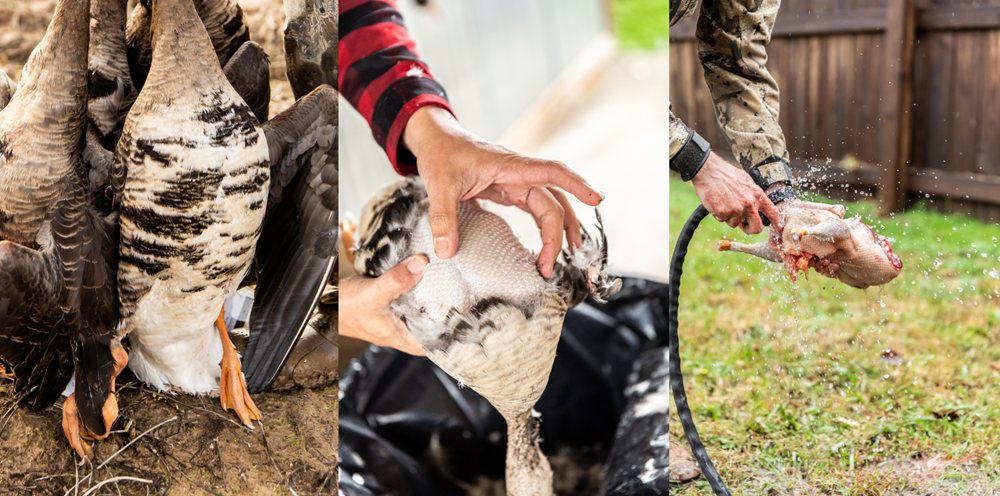
That’s 4oz of meaty gold you've got marinating in Italian dressing and it's absolutely beyond me that folks would be content to “high grade” the meat from a super tasty and hard-earned animal.
At Black Duck Revival, I teach different methods of getting the feathers off of your ducks and geese. Primarily that means, dry plucking, wax plucking, or mechanical plucking. All of the methods have their merits, but I think it’s hard to beat dry plucking for its simplicity. No special equipment, just time and a bit of effort. A quick singe with a torch to remove the fine hair-like pinfeathers and you’re left with a whole bird and tons of options.
Cook it Like a Steak
Seasoned with salt and pepper, cooked medium rare, skin-on duck or goose breast tastes like bacon-wrapped filet mignon. Take that same piece of meat too well done and you've got something more akin to boot leather than fine dining. Learn to simply sear a waterfowl breast and you'll make more converts to eating wild waterfowl than you will with all of the Kerouac-Esque declarations you can think of.
Season the meat and start it skin-side down in a cold pan. The meat coming up to temp with the pan will allow time for the fat to render and the skin to crisp. 3.5 minutes on the skin side and 2 mins on the opposite side is a good ballpark for a mallard breast. I cook a lot of white-fronted geese so I lean more towards a 4/3 ratio for those bigger birds. Use tongs to turn the meat and to sear the sides for a few seconds so there aren't “raw” spots. Resting the meat for several minutes then cutting thin slices, across the grain is all that’s needed for a top-tier eating experience. Making a basic pan sauce with stock and butter elevates the dish another few notches.
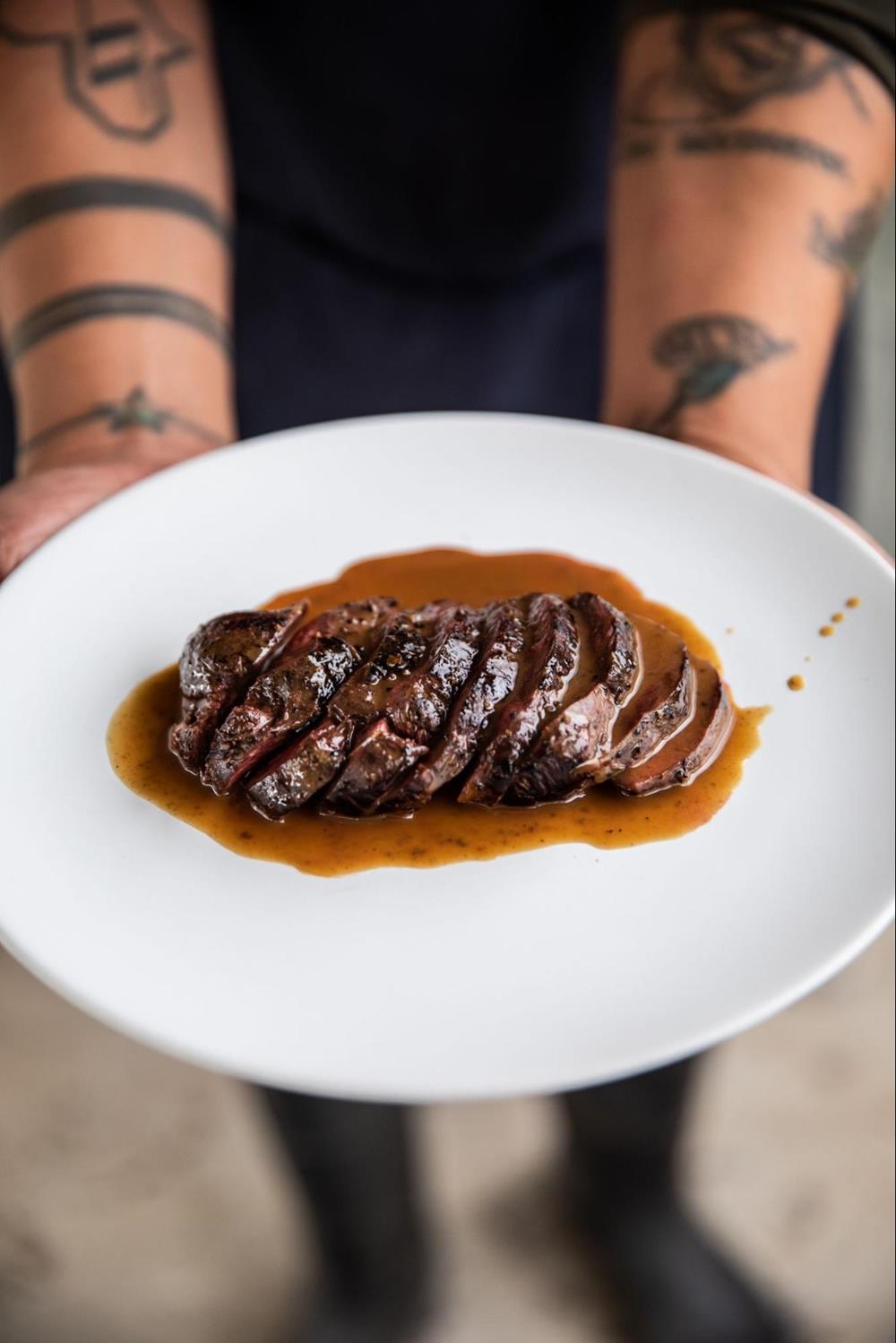
Braise the Legs
Wild waterfowl leg quarters are notoriously tough, but in my opinion, they’re the best tasting meat on the whole bird. Searing the legs then slow braising for several hours in a flavorful stock makes all the difference and yields a dish worth fist fighting over. You can serve over rice, grits, or potatoes with phenomenal results. I think so highly of this preparation, that braised goose thighs and rice has become the standard Christmas meal at my house.
Eat the Insides
It’s time for us all to grow up a bit when it comes to eating offal. There are countless delicious and beloved meals the world over that feature the “wobbly bits.” While I tend to think that ungulate livers are a bit like munching into a soft sack of pennies, the heart, liver, and gizzard of waterfowl are remarkably mild tasting. In fact, they're great, flame-kissed over an open fire or dredged in flour before being quick fried. Undoubtedly though, my favorite application is dirty rice. Minced organ meat is cooked fast in rendered fat using a cast iron pan with onion, celery, bell pepper, and garlic. I season heavily with cajun spice (paprika, thyme, onion powder, garlic powder, salt, black pepper, white pepper, and oregano), before adding pre-cooked rice, Worcestershire sauce, hot sauce, and a spoonful of ketchup. It’s like making the best and easiest fried rice of your life. At this point, I’ve cooked this meal for hundreds of folks and I’ve never not had someone be blown away with the results. Josie Wales was right, buzzards do have to eat but they’ll be hard-pressed to make a meal from my leavings.
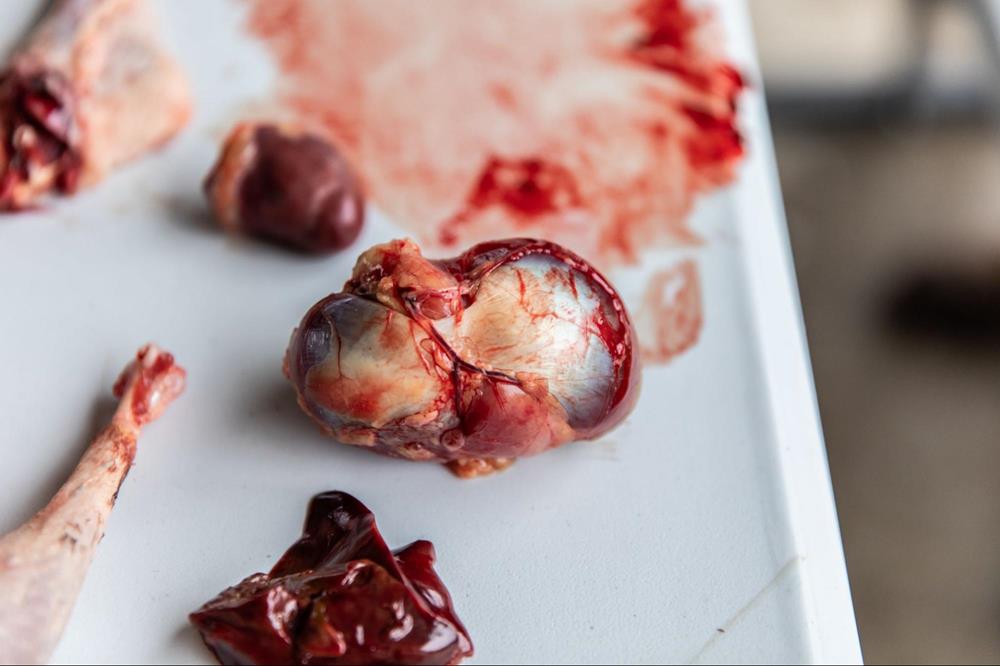
Make Stock From the Bones
Making your own stock from bones and trim is the most accessible way to add depth of flavor when cooking wild game. It’s also as easy as boiling water, so there’s little excuse not to add it to your repertoire. I roast waterfowl carcasses, bones, necks, well-scrubbed feet, etc until brown then add to a large pot with aromatics (carrots, onions celery, fresh herbs, etc.). Cover with water and gently simmer until reduced by at least 50% in volume. Skim and discard the solids that form on top of the liquid a few times while cooking and strain the liquid before storing in jars. I leave a little headspace in my mason jars to allow for expansion before freezing the stock for up to a year. Additionally, you can continue to reduce the stock until it thoroughly coats the back of a spoon. This liquid is considered one of the flavor bases for classic French cooking and is known as brown sauce. I like to freeze in silicone ice cube trays and then pop one or two out when making pan sauces or fortifying soups. It’s a certified game-changer when it comes to cooking just about any savory dish.
I’m hopeful that these simple methods will encourage you to spend a bit more time exploring the range of possibilities when it comes to cooking waterfowl. I can’t think of a more generally employable way to increase your yield and extend the pleasure of your waterfowling season than by getting more from your time in the kitchen after the hunt. It’s a declaration to the craft of it all and a reverent tip of the hat to all of the birds that got away.
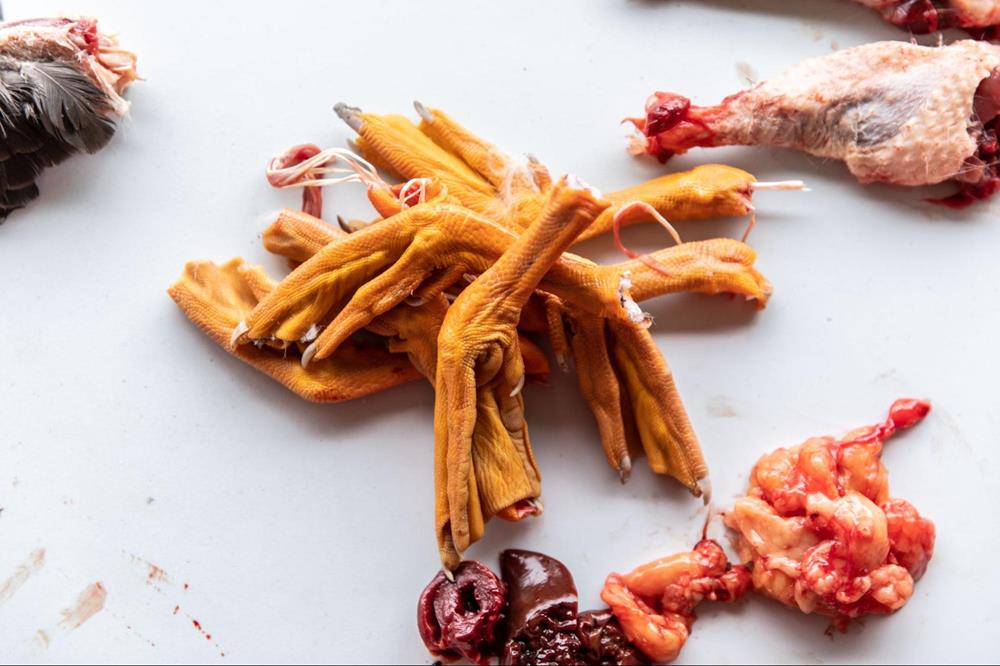
1.25.2022
